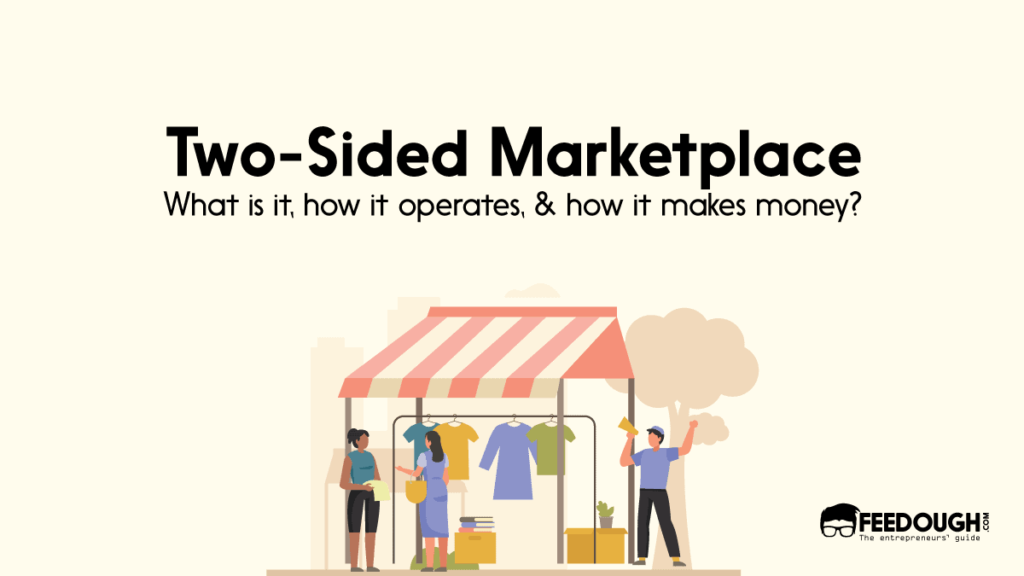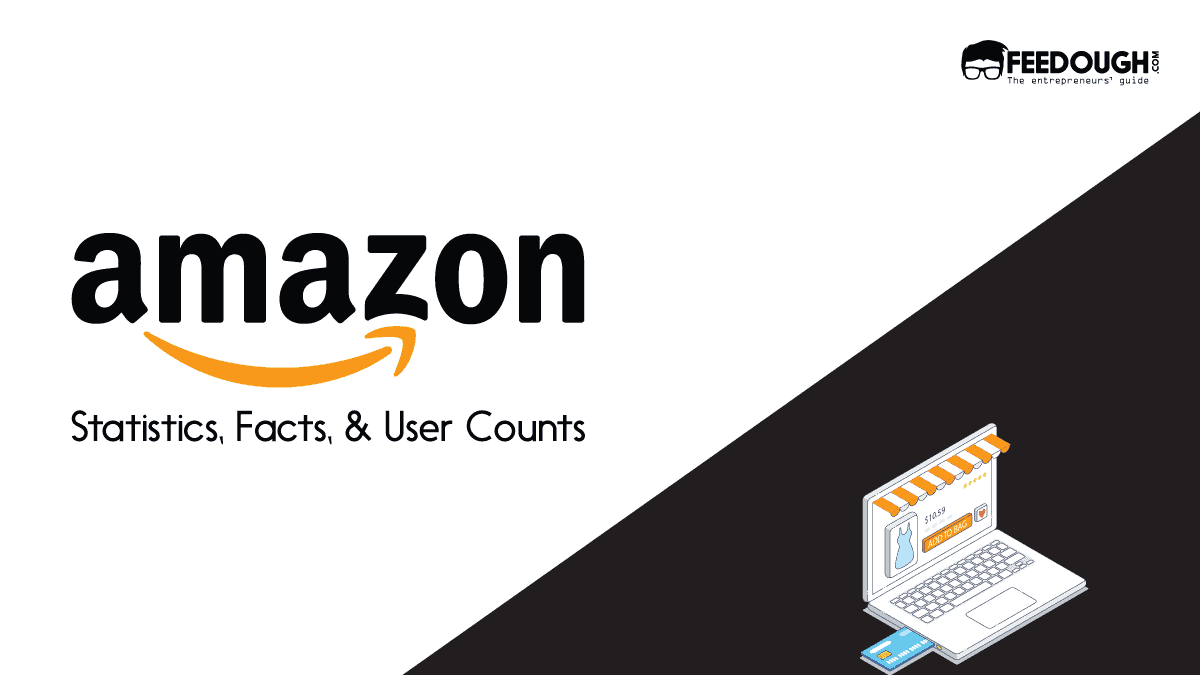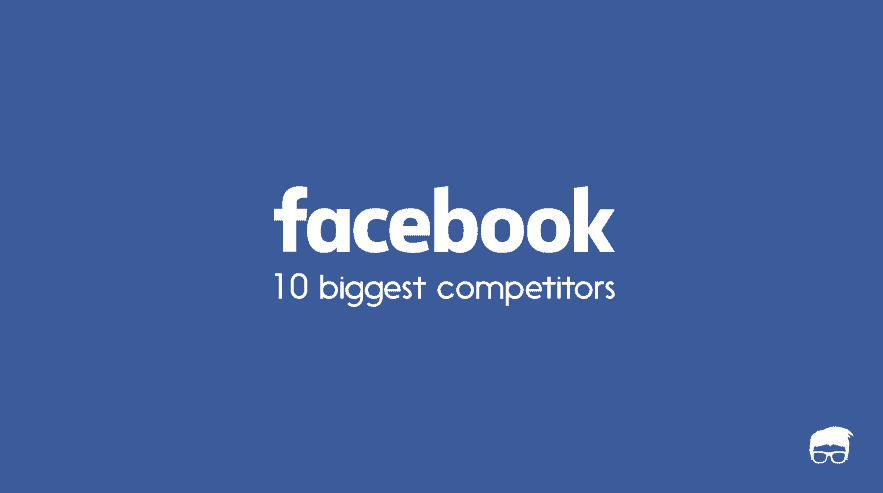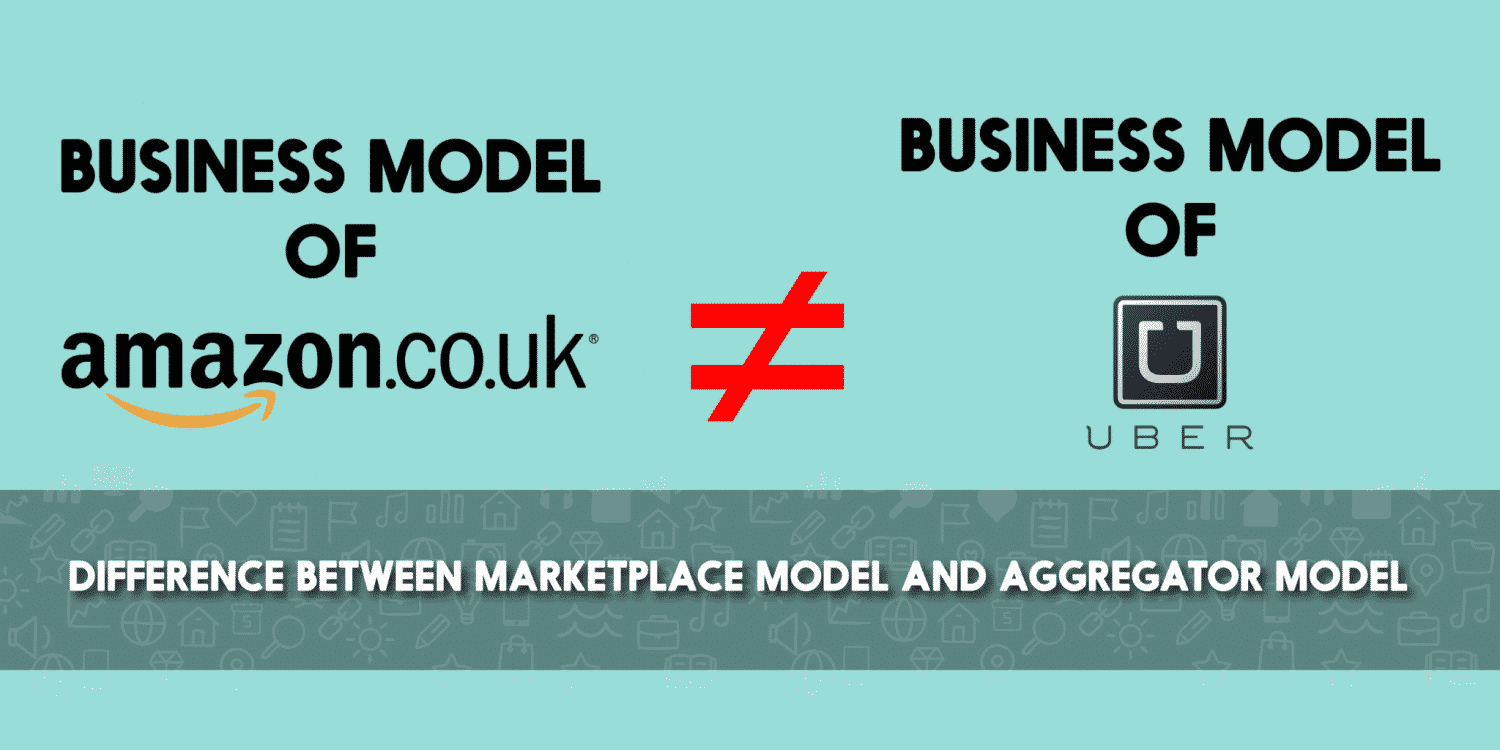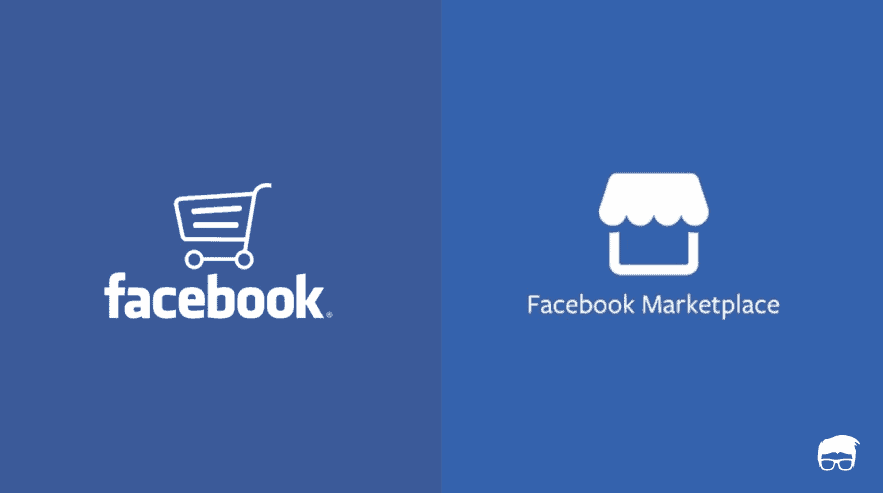Google, Amazon, Airbnb, Snapchat, Facebook, Netflix, and YouTube have more in common than what usually meets the eye. Apart from being some of the most profitable firms, all these platforms run on a two-sided marketplace model.
In a short period of time, two-sided marketplace companies have become extremely popular and are growing exponentially. According to the Coresight Research Report, these platforms’ revenue is expected to double from $18.6 billion in 2017 to $40.2 billion in 2022.
So, here is a comprehensive guide explaining all there is to know about two-sided marketplaces.
What Is A Two-Sided Market?
A two-sided market is where buyers and sellers interact through an intermediary to fulfil each other’s needs.
Also referred to as a two-way market or a two-sided network, this market is found in several industries providing two participating parties with network benefits. That is, the buyers and sellers both provide value to each other, and both benefit from each other.
What Is A Two-Sided Marketplace?
A two-sided marketplace is an intermediary platform that brings buyers and sellers together to develop and share value through a network.
Precisely, a two-sided marketplace has two kinds of consumers – the buyers and the sellers. This marketplace acts as an intermediary or a platform that connects sellers with customers, both of which benefit from the network.
Examples Of Two-Sided Marketplaces
The advent of the internet has made the two-sided marketplace business model possible. Almost all the top-ranking tech companies make use of this model. Some examples include:
Google is a search engine that targets both consumers and advertisers. Consumers do not pay Google for any search they make. But, Google uses the consumer data to serve the advertisers. Hence, Google provides its services to both the users and the advertisers while connecting them in the process.
Airbnb
Airbnb also has two sets of consumers – travelers looking for rental properties and property owners looking to rent their properties. The brand works as a sharing platform. Although it doesn’t own any properties or houses, it connects the travelers and the hosts.
Uber
Uber works on the aggregator business model. It has two user groups – drivers who own cabs and the consumers who require a ride. Uber does not own any cars. It simply aggregates cab drivers and connects them to the customers under its own brand name.
Olx
Olx operates on a C2C (consumer to consumer) business model. It has sellers who upload advertisements for the products they want to sell and buyers who have multiple options to choose from. Olx does not own any products. It simply provides a platform to buyers and sellers so that they can interact.
The Business model of Two-sided Marketplace
Two-sided marketplaces operate on a unique business model that separates them from other usual digital businesses. Usually considered to be a platform that connects two parties to hold transactions, the two-sided marketplace could be an aggregator, marketplace, classifieds platform, or a P2P platform.
The Customers
Every two-sided marketplace has two sets of customers – the sellers who provide offerings and buyers who buy them. The marketplace helps both the consumers to interact and fulfill each other’s needs.
The Value
A two-sided marketplace exists because it provides value to each set of consumers by satiating their needs with its network’s help. Sellers benefit as they get buyers for their offerings without much effort. Buyers benefit as they get what they need, want, or demand through a network of sellers.
Uber exists because it makes it easy for drivers to get customers and makes it convenient for consumers to book a cab ride.
The Operating Model
A two-sided marketplace operates on two strategies:
- It provides a platform to both the consumers where they can connect and interact with each other. The marketplace doesn’t own any product, but it acts as an intermediary. It provides equal value to each user group. That is why they use the platform. Thus, it capitalises on value.
- It capitalises on the network effect. A network effect is when each additional user raises the value of the platform for every other user. As more and more people use the platform, its value increases. For example, as more and more people use Amazon, its value in both parties’ eyes increases. More retailers would want to list their products on Amazon. This, in turn, provides even more choices to customers.
The Revenue Model
A two-sided marketplace makes money either from just one set of users or can choose to charge both parties. It usually uses the following four revenue generation strategies to make money.
- Commission: many two-sided marketplaces make money by charging a commission for the services they provide. For example, Uber charges 20-25% of the ride fee as a commission from the cab driver in return for more business it provides to them.
- Data Monetisation: Google, Facebook, and other data-rich companies make money by monetising their user data. They either use the data for advertisements or sell the data to third parties.
- Premium Services: Platforms like Tinder lure customers into buying their premium packages which usually provides more exposure on the network.
- Pay-To-Use: Some two-sided platforms require the consumer to buy a subscription package to use the platform’s services. For example, the Indian matrimony platform shaadi.com allows access to its network only when the user purchases a subscription.
One-Sided Marketplace Vs Two-Sided Marketplace
Unlike a two-sided marketplace, a one-sided marketplace derives all of its value from a single set of consumers. A simple ecommerce store like fivedollarteeshirts.com, where a single seller sells T-shirts to the customers, is an example of a one-sided marketplace.
There is a significant difference between the two business models.
First of all, only the two-sided marketplace capitalises on the network effect. Once a two-sided platform establishes a strong network effect of both parties, it becomes hard for competitors to dethrone it. Even if the competing product is better than the marketplace with strong network effects, it is extremely challenging to nudge the customers away from that firm. But, in a traditional market, the network effect does not exist.
Another difference between both business models is the flow of value and revenue. In a two-sided marketplace, revenue may come in from both consumers and sellers, while in the traditional marketplaces, revenue generally flows from one side to another.
Benefits of a Two-sided Marketplace
The business model of a two-sided marketplace offers many advantages to all three participants: the consumer, the producer, and the platform.
Benefits For Marketplace Buyers
- Multiple Options: The two-sided marketplace platform offers numerous choices to the buyers. Such choices are generally not available in a traditional marketplace
- Hassle-Free And Quick: Using a two-sided marketplace platform is usually hassle-free and saves a lot of time for the buyer.
- Quality Products: The producers on the platform face a lot of competition. This competition encourages them to ensure the quality standards of the product and to lessen the price.
Benefits For Marketplace Sellers
- More Demand: Marketplaces generate more demand for the sellers than what they would find on their own.
- Growth Opportunities: The platform gives the producers access to a large pool of potential customers. Thus, the producer has tremendous growth opportunities to build his brand.
- Time-Saving: a customer buys from Amazon because he trusts the platform, not because he trusts the seller. It saves a lot of time for the seller, which he spends building a reputation for himself.
Benefits For The Marketplace Brand
- Low Costs: The marketplace brand doesn’t own any products. All it does is connect both the parties. It saves a lot of costs that it would have spent if it were a one-sided marketplace.
- Network effect: The network effect is the most significant phenomenon that benefits a two-sided marketplace platform. It allows the platform to grow and attract more consumers automatically.
Challenges Of The Two-Sided Business Model
While two-sided marketplaces have a huge potential to grow and connect different consumer groups, they face certain challenges that hinder their performance and growth.
- The Chicken-And-Egg Problem: One of the most common challenges faced by a brand running a two-sided marketplace is the chicken-and-egg problem. This problem arises because of the network effect. It involves figuring out which side of the marketplace to target first because suppliers will use the platform only when there is a demand for their product and vice versa.
- Ensuring Quality Standards: As an intermediary, a two-sided marketplace needs to ensure that the offering’s quality is up to standards it guarantees to the parties.
- Platform Leakage: There is a high probability that after using a certain platform for their needs, the consumers and producers create their own networks to avoid paying the intermediary platform. It is called platform leakage. To avoid this, the marketplace needs to provide incentive and recurring value to both sides so as to retain them.
- Building Trust And Improving Customer Experience: A two-sided marketplace connects two sets of consumers who fulfil each other’s needs. These two sets of consumers will use the platform only when they trust each other and the platform. Consumers will book an Uber only if they trust that it is worthy of their money and that it is safe for them. Thus, the marketplace must be reliable and dependable. Also, the marketplace entrepreneur needs to ensure a good consumer experience for both the user groups.
Go On, Tell Us What You Think!
Did we miss something? Come on! Tell us what you think about our article on two-sided market in the comments section.
An enthusiastic human being with determination and zeal to explore new ventures. Tanya is an entrepreneurial spirit searching for changes and learning to exploit them as opportunities and impacting people for good.
